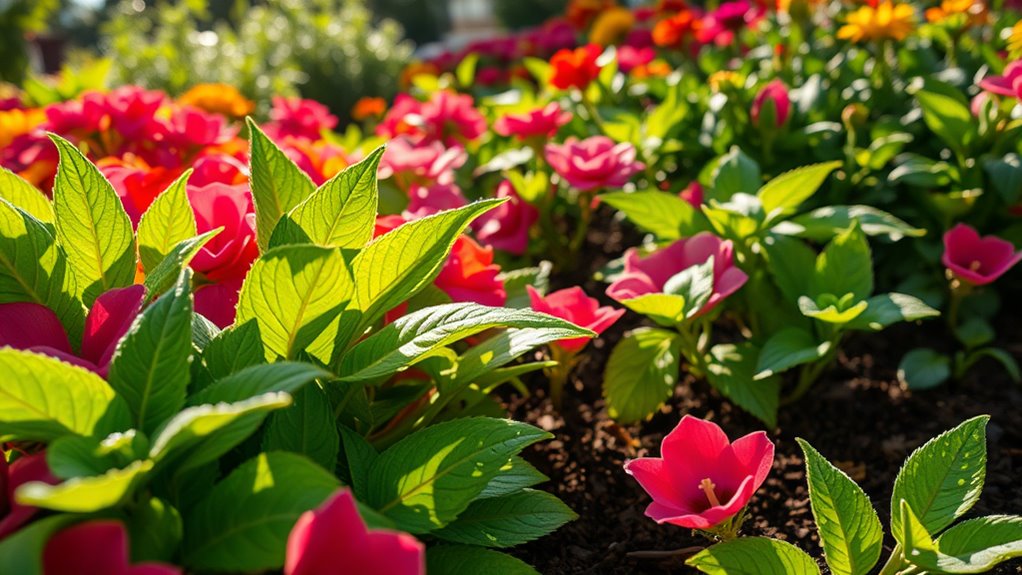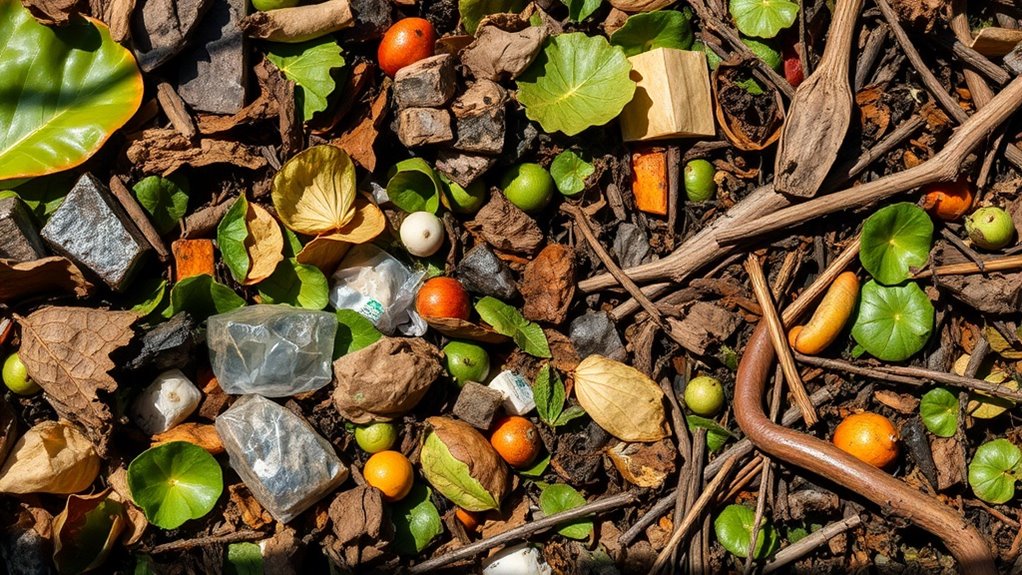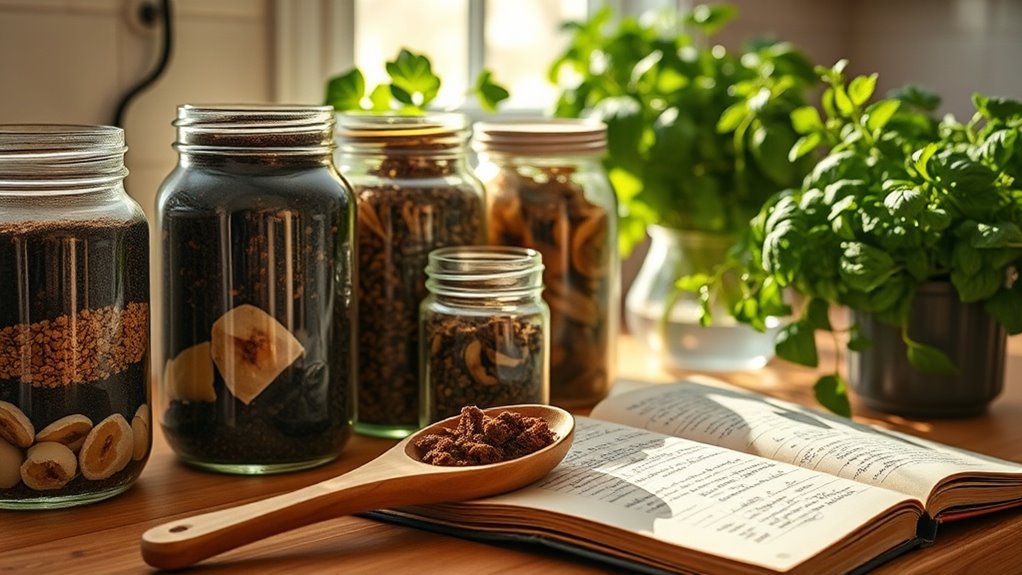This Trick Helped Me Stop Garden Disease Before It Started
Have you ever wondered if simple inspections could really prevent garden diseases? It turns out, incorporating regular plant check-ups into your routine makes a significant difference. By identifying early warning signs and adjusting your practices, you can create a healthier garden environment. But how exactly do you implement these inspections effectively, and what additional steps can you take to protect your plants? Let’s explore some practical strategies to keep your garden thriving.
Understanding Common Garden Diseases
As you dig into your gardening journey, understanding common garden diseases is essential to keep your plants thriving.
Familiarize yourself with issues like powdery mildew and root rot. By spotting symptoms early, you can implement disease prevention techniques effectively. Regularly inspect your plants, maintain proper spacing, and ensure good air circulation. These proactive measures will greatly enhance your garden’s resilience against diseases. Moreover, being aware of common garden diseases can help you take swift action when needed.
Importance of Healthy Soil
Healthy soil is the foundation of a flourishing garden, as it directly influences plant growth and resilience.
When your soil’s balanced with organic matter, nutrients, and proper drainage, you’ll notice healthier plants that can better resist diseases. Regularly testing your soil helps you identify deficiencies, allowing you to amend it, ensuring your garden stays vibrant and productive throughout the growing season. Additionally, signs of struggling garden soil can help you recognize when your soil needs attention before it affects plant health.
Selecting Resistant Plant Varieties
Selecting Resistant Plant Varieties
Choosing the right plant varieties can significantly reduce the risk of garden diseases. By opting for resistant strains, you’ll have an advantage in keeping your plants healthy. Here’s a quick guide:
| Plant Type | Disease Resistance |
|---|---|
| Tomatoes | Late Blight |
| Cucumbers | Powdery Mildew |
| Peppers | Bacterial Spot |
| Carrots | Rot Diseases |
Additionally, remember that common gardening mistakes such as improper watering can also contribute to plant diseases. Select wisely for a thriving garden!
Implementing Crop Rotation Techniques
Implementing crop rotation techniques can drastically enhance your garden’s resilience against pests and diseases. By alternating different plant families each season, you disrupt the lifecycle of harmful organisms that thrive on specific species. This practice not only improves soil health but also boosts nutrient availability. Additionally, natural habits can further support a thriving garden ecosystem, enhancing its overall vitality. Keep a planting schedule to ensure you’re rotating effectively, maximizing your garden’s potential and reducing disease risk.
Natural Remedies for Disease Prevention
While it’s tempting to reach for chemical solutions at the first sign of trouble, many home gardeners find that natural remedies offer effective ways to prevent plant diseases.
Consider these options:
-
Neem oil: Repels pests and fungal issues.
-
Baking soda: Acts as a mild fungicide.
-
Garlic spray: Deters harmful insects naturally.
Embracing these methods can keep your garden vibrant and healthy. Additionally, creating your own DIY bug spray not only protects your plants but also promotes a healthy garden ecosystem.
Regular Monitoring and Maintenance Practices
To keep your garden thriving, regularly monitoring your plants and maintaining their environment is crucial.
Check for signs of pests or disease weekly, and don’t hesitate to remove any affected leaves. Ensure your plants get adequate water and sunlight, adjusting as necessary.
Clean tools to prevent contamination, and regularly amend the soil to keep nutrients balanced. Additionally, consider planting easy-to-grow vegetables that kids will enjoy, making gardening a fun family activity.
A little attention goes a long way!





